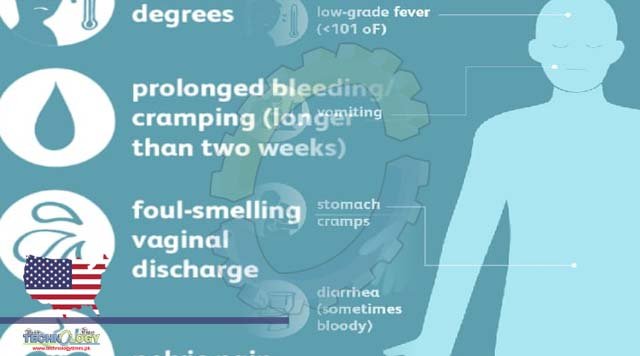A “fast-moving” outbreak of E. coli illness has been reported in Michigan and Ohio. At least 29 people are ill and nine of them hospitalized, the Centers for Disease Control and Prevention

The CDC said that a source of infection has not yet been identified in this outbreak and that no deaths have been reported. Here’s everything you need to know about Escherichia coli commonly known by its abbreviated name, E. coli. E. coli is “a large and diverse” group of bacteria found in food items, naturally in the environment and also in the intestines of humans and animals. While the majority of E. coli strains are harmless and play a key role in maintaining a healthy intestinal tract in humans, other strains are classified as pathogenic meaning they can cause sickness that may lead to urinary tract infections, pneumonia and respiratory infections, according to the CDC.
Some types of E. coli produce a toxin called Shiga. These are known as Shiga toxin-producing E. coli symptoms or STEC, which destroy red blood cells and can lead to kidney failure. In the United States, an estimated 265,000 people fall sick with E. coli symptoms borne toxins each year. About 30 deaths are reported annually.E. coli infection occurs when a person swallows a small, often invisible, amount of animal or human feces. There is an incubation period of three to four days, but it can be as short as one day or as long as 10 days. Infections are usually acquired through ingesting contaminated food or water. The infection can spread between people through close contact and from animals to humans
Source: This news is originally published by washingtonpost